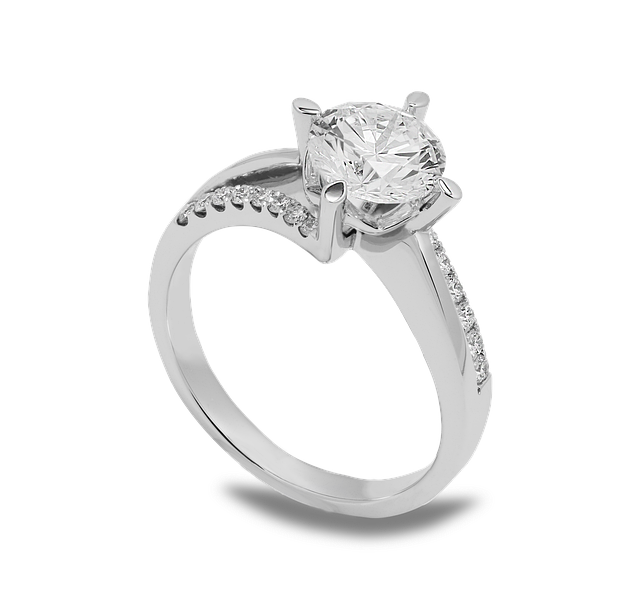It is safe to assume that most Americans would consider Amazon and Target to be the most popular online retailers, along with some other well-known conglomerates. And until the Super Bowl last Sunday, that stood true. But now, in a surprising turn of events, a new online shopping platform has become the most downloaded app in the United States, surpassing even the biggest names in the industry.
Temu is an online shopping destination for just about everything, including clothing, houseware items, electronics, and much more. Based in Boston, it shares the same parent company as the Chinese e-commerce icon, Pinduoduo. The target market is anyone looking for great deals. And, with prices like $11 for a smart watch and $8.50 for wireless earphones, it’s not hard to understand the ultra-quick popularity Temu has gained.
In its 30-second Super Bowl slot, word about Temu reached millions of US homes. The ad focused on bargain prices yet feeling like a billionaire. The background song played: “The prices blow my mind. I feel so rich. I feel like a billionaire.”
According to Sensor Tower, since its release in September, the Temu app has been downloaded 24 million times.



